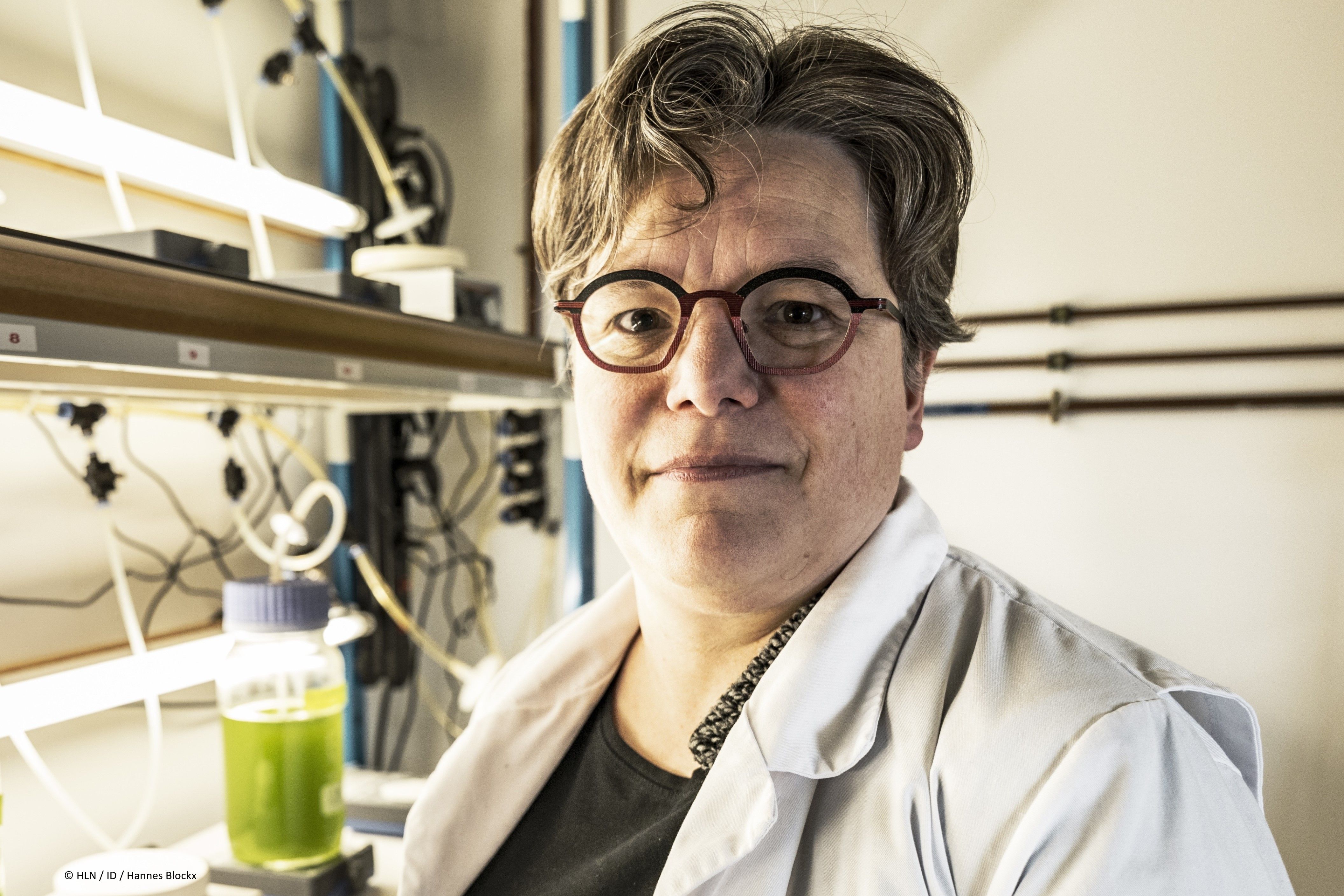Track II: New Product Development & Formulation Challenges
- Scientific Developments in Texture & Flavour of Meat Analogues - Dr. Ariette Matser, Wageningen Food & Biobased Research
Plant-based meat analogues are currently widely available. Moreover, the quality of these products, e.g. with respect of texture, taste, juiciness, has improved significantly in recent years. However, there is still a need to improve the quality to meet consumer expectations for better taste and texture.
Scientific research is ongoing to better understand plant-protein crops and protein fractions thereof, and how these ingredient functionalities are influenced by fractionation and processing steps, and what are requirements to improve quality of meat analogues. This presentation will provide highlights of recent research that shows that understanding ingredient-matrix-processing interactions will contribute to design better quality of meat analogues.
- Advancing the Bioeconomy with Mycoprotein: Insights from the Plenitude project - Dr. Katarzyna Polanowska, ENOUGH
PLENITUDE is a CBE JU-funded project focused on scaling the sustainable production of ABUNDA® mycoprotein—a nutritious, fungi-derived protein—through an integrated biorefinery approach. By using cereal crops and patented fermentation technology, PLENITUDE aims to deliver cost-competitive protein ingredient, minimising the environmental impact, with applications across meat alternatives, hybrid products, and bioplastics, supporting the transition to a more resilient and bio-based economy.
- Panel: Revolutionizing Fat with Cultivated, CO₂-Derived, and Plant-Based Innovations - Josh Hatfield, Hoxton Farms, Reed Nicholson, Savor Foods & Dr. Imogen Foubert, KU Leuven
This panel will address questions as:
1. How do alternative fats, such as cultivated fats and plant-based oils, impact the sensory and textural properties of food products compared to traditional fats?
2. What are the key challenges in scaling the production of precision-fermented and cultivated fats for commercial food applications?
3. How do different fat sources interact with proteins and other ingredients in formulations, and what technical considerations are required to achieve stability and functionality?
4. What are the nutritional implications of using alternative fats, and how can R&D teams balance health benefits with performance and taste?
5. What innovations in plant-derived fats and oils, such as structured lipids or oleogels, show the most promise for advancing alternative protein products








